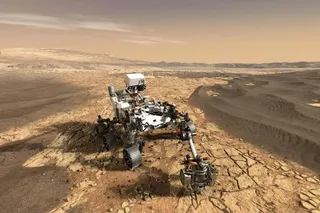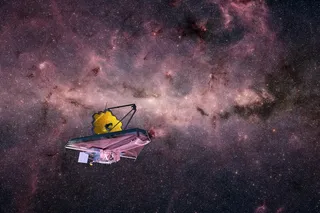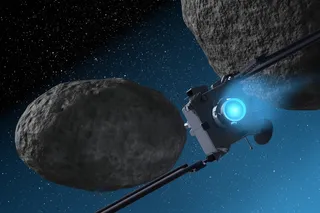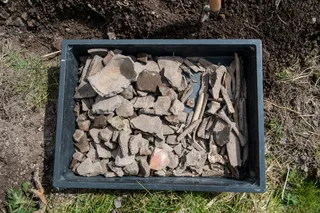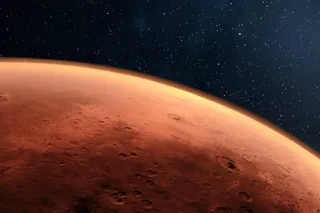Just got my beautiful Brompton wet in a sudden downpour on the way home. Yes, I dried it off, and now I'm sitting here with a cup of warm wet-chalkdust-tasting tea listening to the rain and waiting for last night's chicken pilaf to warm up. It's always even better the day after I make it! (Some of the things mentioned above will mean nothing to you if you did not read this earlier post.) Yes, I'm still here at the Aspen Center for Physics, attending the SuperCosmology workshop. I've been attending some Cosmology discussions, but also doing some computations on another project (which I ought to tell you about some time) and thinking. This has been helped a lot by the Aspen Music Festival and School, since I've gone and sat in the nearby giant music tent in the mornings where the student orchestra is rehearsing pieces they'll play in ...
Aspen Report: New Strides on the Road to a Quantum Computer
Explore the world of quantum computers, using topological quantum computation to solve the error correction problem effectively.
Bycjohnson
More on Discover
Stay Curious
SubscribeTo The Magazine
Save up to 40% off the cover price when you subscribe to Discover magazine.
Subscribe

